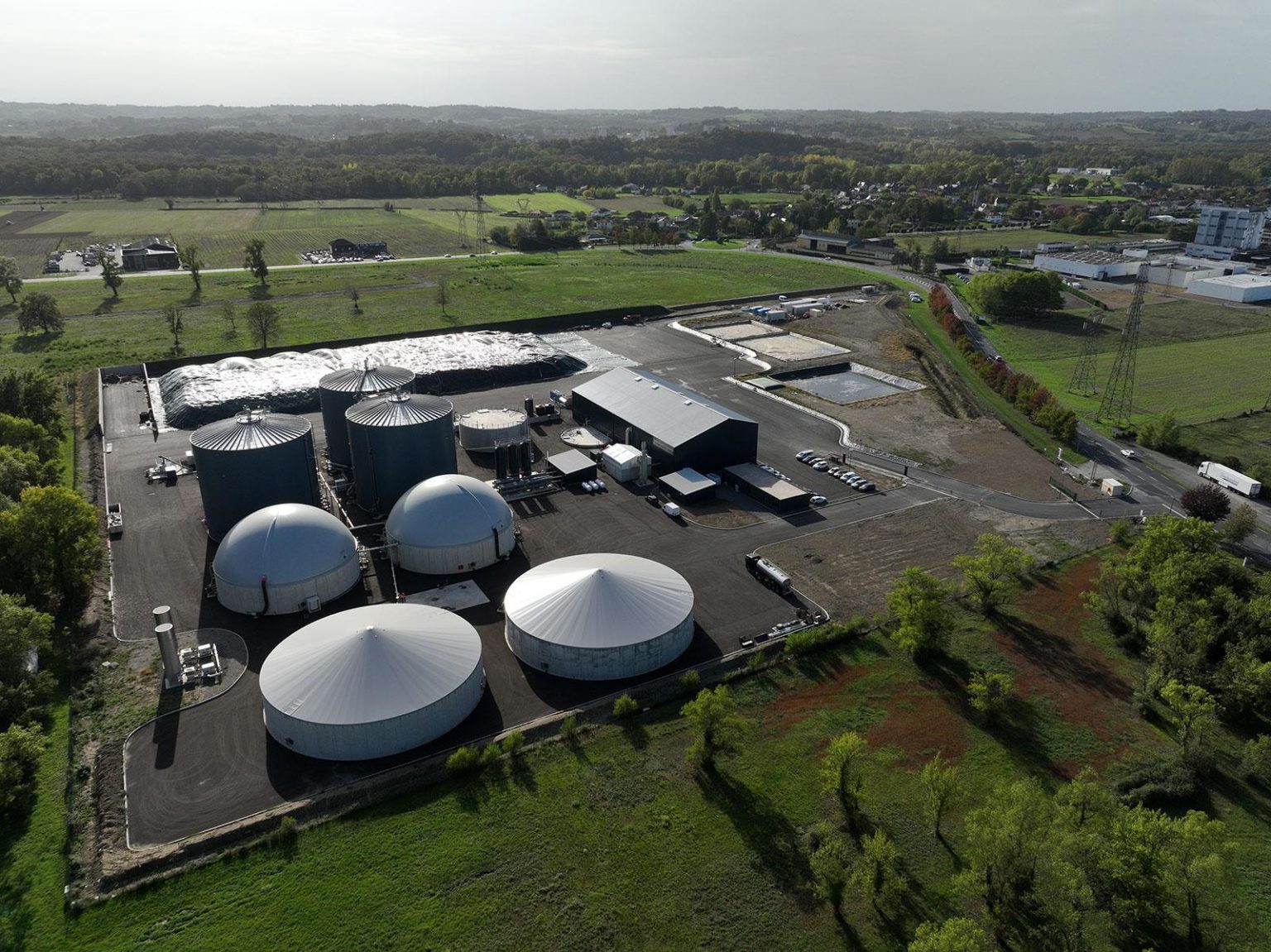
Image Credit: Shutterstock.com/OSORIOartist
According to a recent article in Energy Conversation and Management, reaching this objective will depend on increasing the proportion of renewable energy sources (RES). For that purpose, the two major RES, wind and solar, must account for 56% of all power output by 2050.
However, the sturdiness and reliability of the future grid are challenged by the intermittent nature of wind and solar power. The economic and social effects of unified power generation and storage facilities are examined in this study. It takes into account both non-intermittent (biomass) and intermittent (wind/solar) energy sources, as well as energy storage (batteries, hydrogen, and/or methane/ammonia).
To evaluate the social impact of RES, the study also employs a novel social index based on the effects of the energy transition and the region’s overall social context. It then makes regional recommendations for the RES transition based on this assessment. The study focuses on Spain, which, by European aspirations, wants to become climate neutral by 2050.
According to the study, using non-intermittent renewable energy sources like biomass can reduce electricity costs by about 20%. To meet demand, the researchers assert that storage alternatives are necessary. Since solar energy is more potent in the summer, they should include storage methods that provide seasonal storage.
The study reveals that from a social standpoint, the new energy system can aid in reducing the social distance between regions and generate job opportunities. For instance, incorporated facilities can function well economically and have a significant beneficial social impact in specific parts of Spain (Teruel and Asturias).
Future research may examine the effects of other non-intermittent energy sources, such as geothermal energy. Although ammonia is currently expensive, the authors propose that in a future economy without CO2 emissions, it might serve as an alternate form of energy storage.







